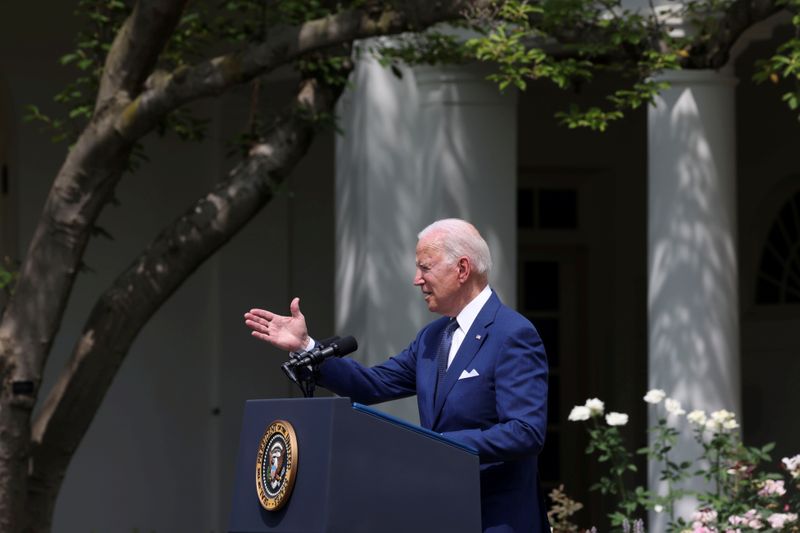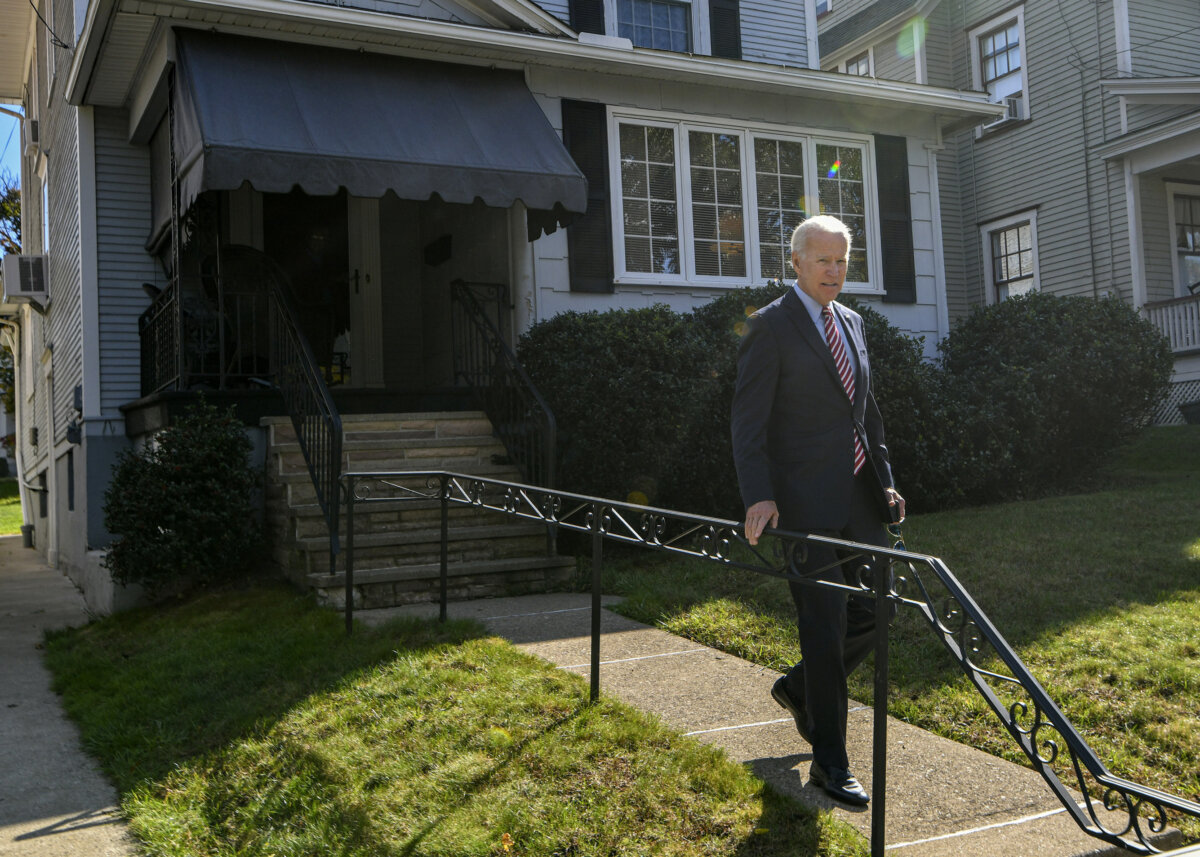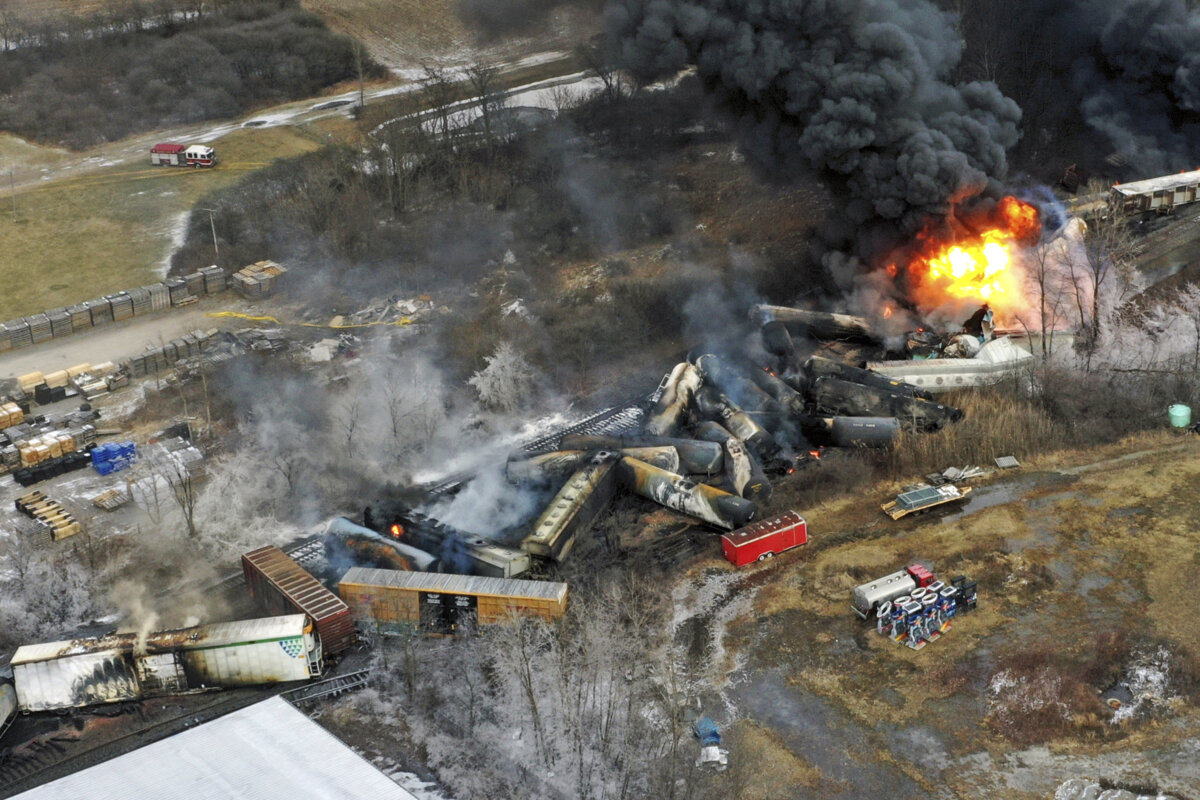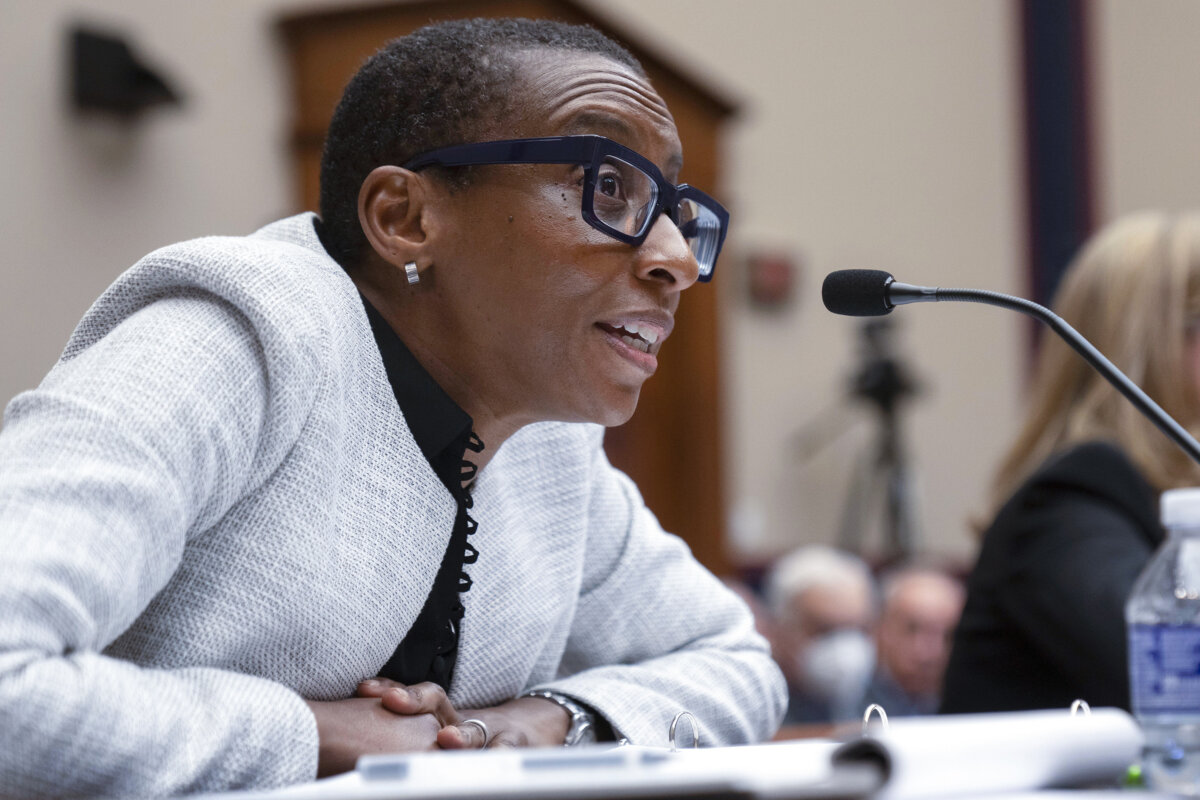WASHINGTON (Reuters) – A group of negotiators in the U.S. Senate on Wednesday said they have reached agreement on the major components of a $1.2 trillion bipartisan infrastructure deal – a key priority for President Joe Biden.
The Senate will vote on Wednesday https://www.reuters.com/world/us/us-senators-reach-deal-major-points-bipartisan-infrastructure-bill-2021-07-28 on whether to move forward with the package, which includes about $550 billion in new spending, the White House said. The rest of the $1.2 trillion will be previously approved spending for these areas.
The agreement, which follows months of talks between Senate Democrats and Republicans, is expected to gain strong support from lawmakers on both sides of the party aisle.
Addressing a concern over funding among Republican lawmakers including Senate Minority Leader Mitch McConnell, Republican Senator Rob Portman said the package is “more than paid for”.
Here are some of the details of the bipartisan framework:
NEW SPENDING
* Roads, bridges and other major projects: $110 billion
* Power infrastructure, including grid authority: $73 billion
* Passenger and freight rail: $66 billion
* Broadband infrastructure: $65 billion
* Water infrastructure, such as eliminating lead pipes: $55 billion
* Resilience (preparing infrastructure for the impacts of climate change such as floods and other extreme weather events, and cyber attacks): $50 billion
* Public transit: $39 billion
* Airports: $25 billion
* Ports, waterways: $17 billion
* Safety, which funds highways and pedestrian safety programs: $11 billion
* Electric vehicle infrastructure, including chargers: $7.5 billion
* Low carbon and zero emission school buses and ferries: $7.5 billion
FINANCING
The plan includes a number of proposals to finance the spending.
* Repurposing of unused COVID-19 relief dollars: $205 billion
* Proceeds of a February auction of wireless frequencies needed by 5G cellular networks: $67 billion
* States returning unused federal unemployment supplement: $53 billion
* Economic growth returning from a 33% return on investment in long-term infrastructure projects: $56 billion
* Recouping inappropriately unemployment benefits: $50 billion
* Delaying Medicare Part D Rebate rule: $49 billion
* Sales of future spectrum auctions: $20 billion
* Applying information reporting requirements to cryptocurrency: $28 billion
* Extending fees on government-sponsored enterprises: $21 billion
* Reinstating Superfund fees : $13 billion
* Mandatory sequester: $8.7 billion
* Extending customs user fees: $6 billion
* Sales from the strategic petroleum reserve: $6 billion
* Savings from reducing Medicare spending on discarded medications: $3 billion
* Extending available interest rate smoothing options for pension funds: $2.9 billion
(Reporting by Jarrett Renshaw and Nandita Bose; Editing by Scott Malone and David Gregorio)



















